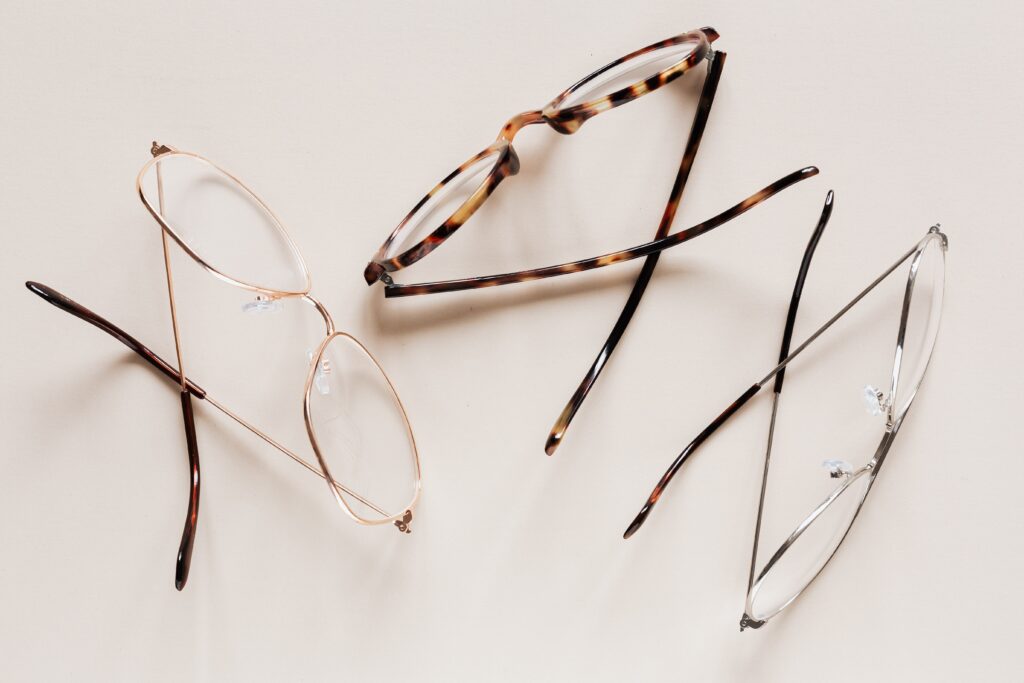Eyeglasses: How Do They Work?
Were you a child who was always asking questions of your parents? Why is the sky blue? What happened to dinosaurs? What are glasses? We are not scientists or paleontologists, but we can answer this question about glasses. Therefore, continue reading to discover how these finely crafted frames and tiny pieces of glass improve the quality of life of many people.
What is the working principle of glasses?
Glasses and their history
Let us take a quick look at the history of glasses in order to better understand their complexity. The first pairs of glasses were discovered in Italy during the late thirteenth century, according to archeologists. History has attributed the invention of the modern-day spectacle to the English Friar Roger Bacon in the early thirteenth century, however. It is unclear if Bacon actually made spectacles, but he does outline in his book Opus Majus the scientific principles that govern the use of corrective lenses. In spite of the fact that Bacon is not known to have actually invented glasses, he was among the first to have an understanding of how glasses work.
Light Focusing
Retinas are layers of cells located at the back of the eye that respond to light. As a result of this activity, the light rays inside your eye come together when you focus on something. This reaction reaches your brain, which translates the activity of the cells into an image. The rays are focused on the part of your retina that produces a clear image for individuals with perfect vision.
A pupil or cornea shrinks and concentrates the image, so if your pupils are irregular or your cornea is irregular, you will have blurry vision. Those with nearsightedness or farsightedness are unable to focus light on the part of the retina that produces the clearest image. Through the lens of your eyes, light is focused on the correct spot of your retina, which corrects vision. A curved frame bends light, which, when combined with the right prescription, manipulates the light in such a way as to reach the focal spot in your retina. This results in a clear, crisp image.
Astigmatism, nearsightedness, and farsightedness lenses
A person who is nearsighted or farsighted will not see images on the retina in the right spot. With nearsightedness, the images are centered on the front of the retina, whereas with farsightedness, the images are centered behind the retina. Astigmatism occurs when an individual’s cornea is irregularly shaped, resulting in light bending in different directions. Your optometrist will conduct a series of tests to determine how nearsighted or farsighted they are. After examining your retina, your doctor will write a specific prescription for glasses designed to bend light so that it focuses on the correct area.
















